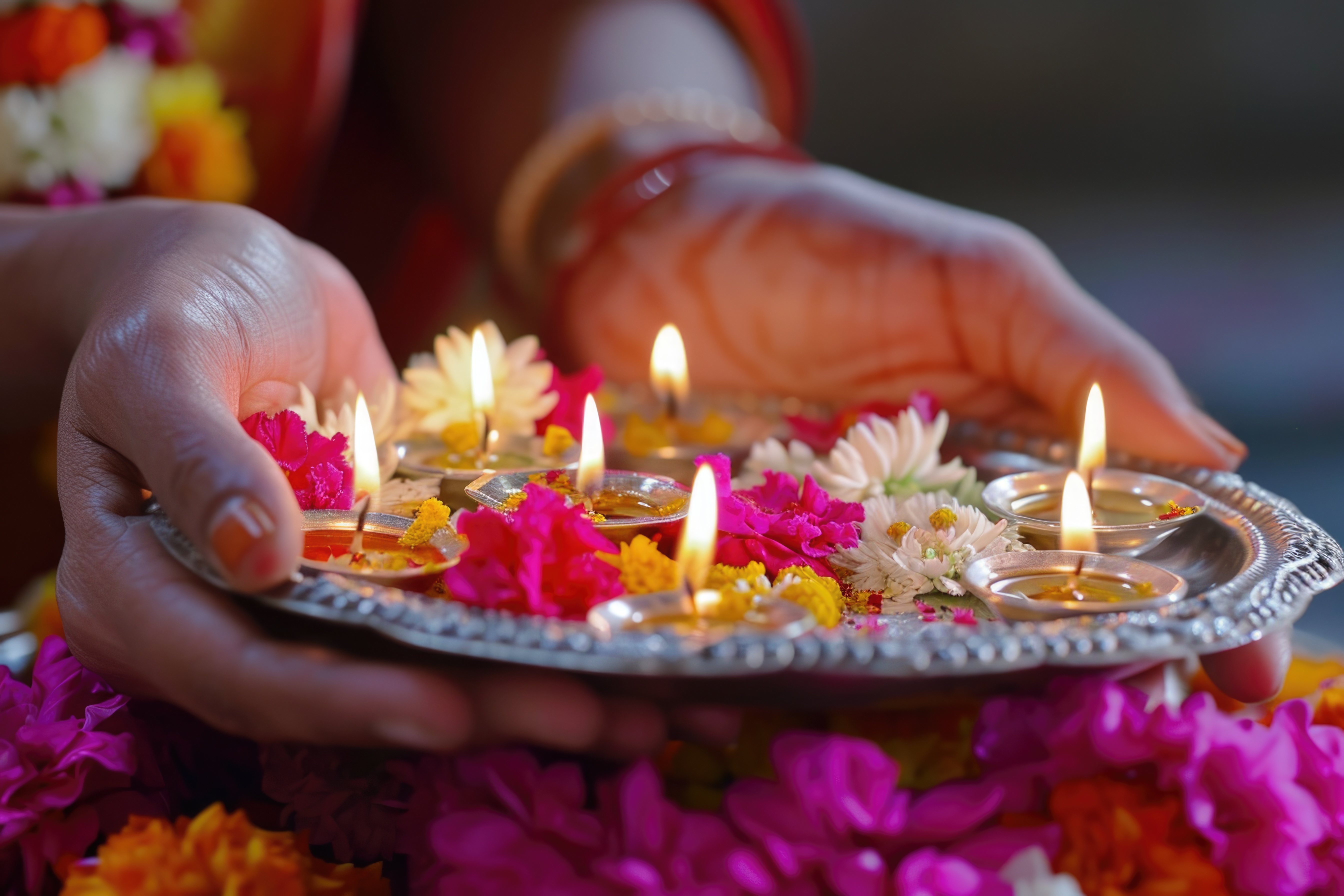Serenity of Shrawan: A Month full of Meaning
As we transition from scorching summer heat to cold monsoon rain, we enter the fourth month of the Nepali calendar, Shrawan. Holding many auspicious festivities, cultural celebrations, and religious practices, Shrawan has a rich tapestry of spiritual ener

The Sacred Connection
For Hindus, Shrawan holds a special place of reverence, particularly in devotion to Lord Shiva, the God of destruction and transformation. Known as the 'month of Shiva, it is believed that fasting and participating in rituals dedicated to Shiva can bring blessings and fulfillment of desires. Mondays in Shrawan, or "Shrawan Somvar", are especially sacred. Devotees horde to Shiva temples, offering milk, holy water, and bel leaves, seeking divine blessings. Women and girls adorn themselves in green, yellow, and red bangles and attire, symbolizing prosperity and happiness.
Festivals and Fasting
Shrawan is a month of festivals and fasting. Teej, a major festival celebrated by women, falls in this period. It is a time for married women to visit their parental homes, fast, pray for the well-being of their husbands, and participate in joyous gatherings. The festival of Nag Panchami also occurs in Shrawan, dedicated to the worship of serpents, which are considered protectors against evil.
Fasting during Shrawan is a common practice, especially among women. These fasts, known as "Bratas", are performed with great devotion and discipline. They are believed to purify the soul, promote physical health, and ensure prosperity. The observance of these fasts also fosters a sense of community and shared cultural identity.
The Monsoon Magic
Nature plays a pivotal role in the essence of Shrawan. The monsoon rains transform the landscape into a lush green paradise, filling rivers and lakes to the brim. This period of abundance is a break from the scorching heat of summer, bringing a cool, refreshing change. The sound of rain, the smell of wet earth, and the vibrant greenery create a serene and rejuvenating environment.
The agricultural community particularly celebrates this time, as the rains are crucial for the cultivation of paddy, the staple crop of Nepal. Farmers work tirelessly in the fields, planting rice seedlings and hoping for a bountiful harvest. This connection to the land and the rhythms of nature underscores the deep-rooted traditions that continue to thrive in Nepali society.
Cultural Celebrations and Traditions
Shrawan is enriched with various cultural celebrations and traditional practices. It is a period when many Nepali families arrange weddings, housewarming ceremonies, and other auspicious events. The markets are bustling with activity, selling fresh fruits, vegetables, flowers, and other essentials for rituals and festivities.
Moreover, the vibrant traditions of wearing henna and bangles add to the festive atmosphere. Women and girls gather to apply intricate henna designs on their hands and feet, symbolizing beauty, joy, and good fortune. This practice not only enhances personal beauty but also strengthens social bonds as friends and family come together to celebrate.
A Time for Reflection and Renewal
Shrawan is not just a time for outward celebration; it is also a period for inward reflection and renewal. The rituals, fasts, and devotion associated with this month encourage individuals to pause, reflect on their lives, and seek spiritual growth. The serene environment coupled with high astral energy being Lord Shiva’s month gives us time to connect with our inner faith, nurture relationships, and embrace the beauty of life.
Shrawan stands as a testament to the rich culture of Nepal, where every raindrop and every prayer holds profound significance. As we immerse ourselves in the essence of Shrawan, we discover a deeper appreciation for the cycles of nature, the power of devotion, and the enduring traditions that shape our lives. Shrawan, with its myriad meanings, invites us to celebrate, reflect, and renew, making it a truly magical mystical month. This Shrawan let's hit the reset button for our spiritual selves, letting go of the old and welcoming the new with open arms. May the serenity of Shrawan linger in our hearts, guiding us toward a path of spiritual growth and cultural appreciation until its auspicious return next year.


